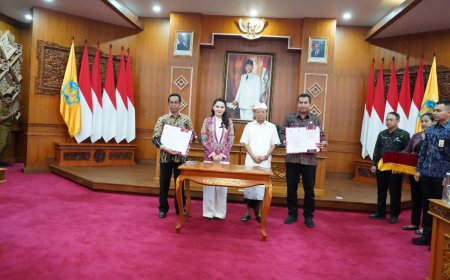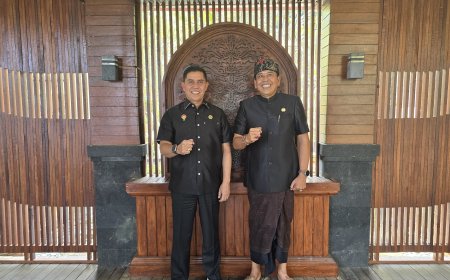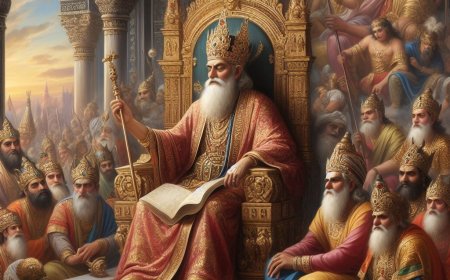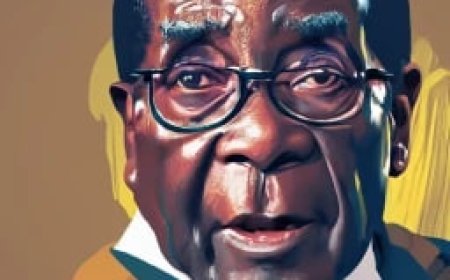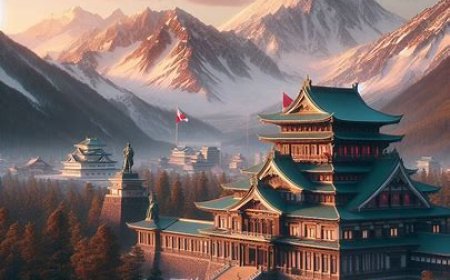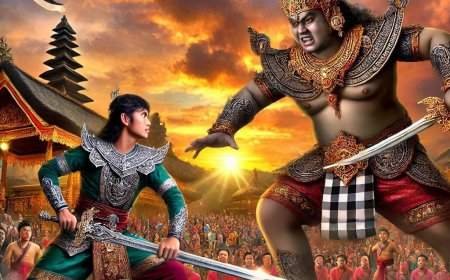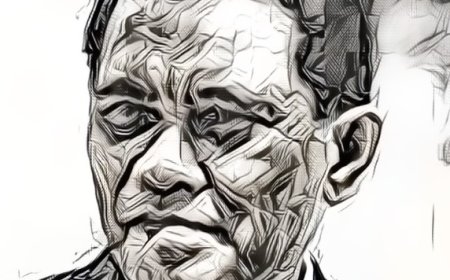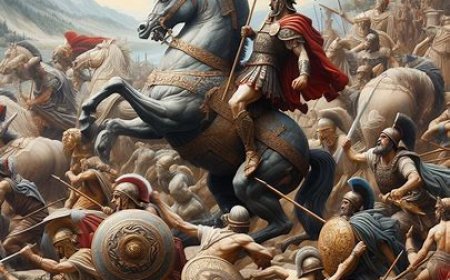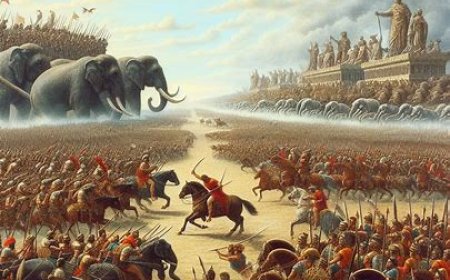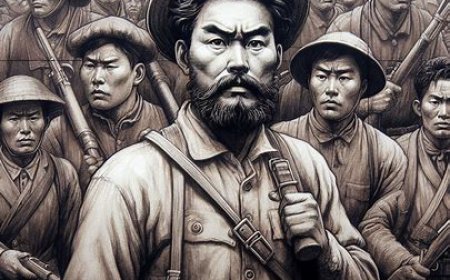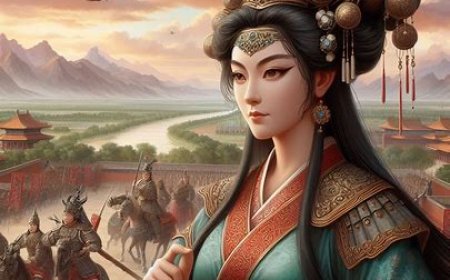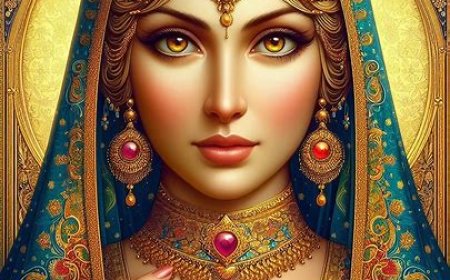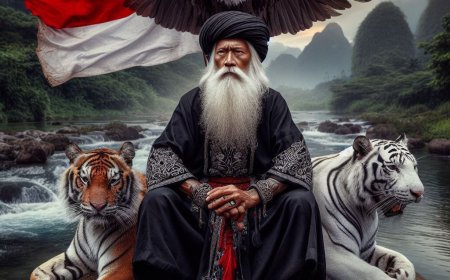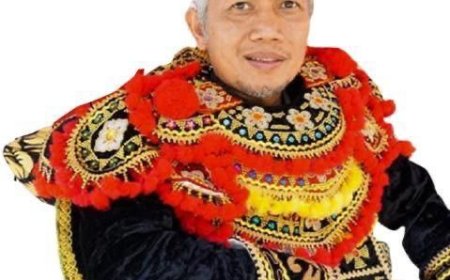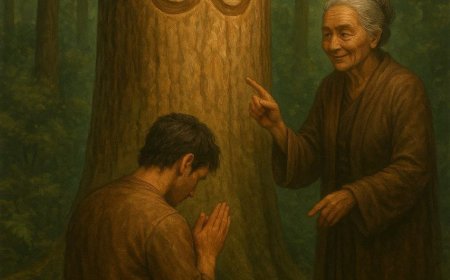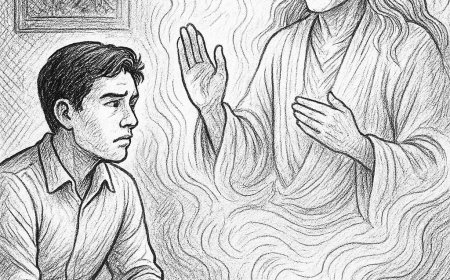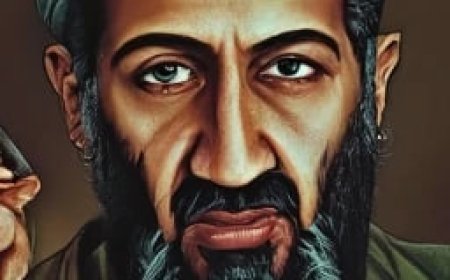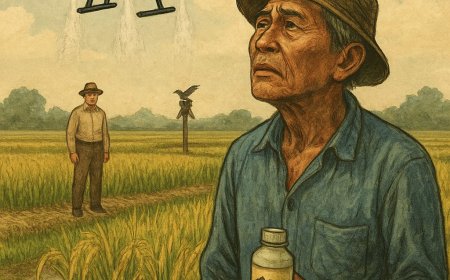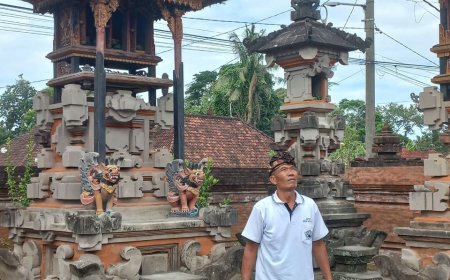Beyond the Sword: Leader Transformation in the Story of Emperor Ashoka
Emperor Ashoka's transformation was not limited to personal decisions but was also manifested in the policies of his kingdom. He erected stone pillars scattered throughout his kingdom to spread messages of peace, tolerance, and morality. Emperor Ashoka also established hospitals and shelters for pilgrims, demonstrating his concern for the well-being of his people.
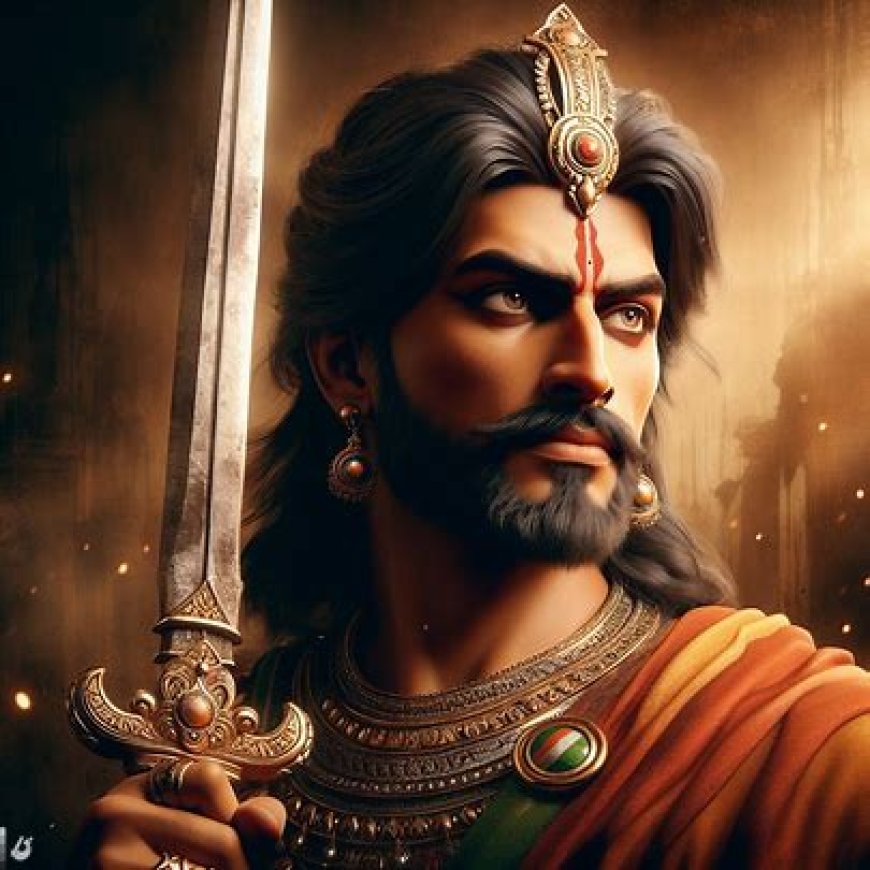
King Ashoka, also known as Ashoka the Great, was born around 304 BCE. He was the son of Emperor Bindusara, a prominent ruler in the Maurya dynasty of ancient India. Ashoka was the grandson of Emperor Chandragupta Maurya, the founder of the Maurya dynasty, which was one of the most influential dynasties in the history of India.
After the death of Emperor Bindusara, there was a succession rivalry among his sons. Ashoka emerged victorious in this competition and became the third ruler of the Maurya dynasty. However, Ashoka is more widely known for the events that unfolded during his reign, especially his transformation towards the teachings of Buddhism after the Battle of Kalinga.
Ashoka ruled from around 268 BCE to 232 BCE. The birth and reign of King Ashoka had a significant impact on the history of India, particularly through the changes in his policies and worldview that emphasized moral values and peace.
One of the most famous and significant wartime events in Emperor Ashoka's history was the Battle of Kalinga around 261 BC. This battle played a crucial role in transforming Emperor Ashoka from a ruthless ruler into a leader who prioritized the values of peace and justice.
Battle of Kalinga
The Battle of Kalinga took place in the region of Kalinga (now Odisha, India), involving Emperor Ashoka's forces against the Kalinga forces. The battle was extremely bloody, resulting in the deaths of thousands of soldiers and civilians. Emperor Ashoka's forces ultimately emerged victorious, but the sight of destruction and suffering caused by this battle profoundly impacted his outlook on life.
After the battle, Emperor Ashoka felt deeply affected and filled with remorse upon witnessing the violent consequences of his desire to expand the empire. This triggered a profound change in his thinking, and he decided to abandon the policy of violence, embracing the teachings of Buddha that emphasized non-violence (ahimsa) and peace.
The Battle of Kalinga, though tragic, served as a crucial turning point in Indian history and in Emperor Ashoka's life journey. It became an event that propelled him to seek peace and create a kingdom based on moral principles and ethics.
After the extremely bloody Battle of Kalinga in 261 BC, where thousands of people, including many soldiers and civilians, perished, Emperor Ashoka underwent a profound transformation.
Facing the suffering and the scenes of destruction caused by the war, Emperor Ashoka felt full of regret and despair. He sought understanding and enlightenment, ultimately deciding to abandon the path of violence. Emperor Ashoka embraced the Buddhist religion and adopted the teachings of non-violence (ahimsa), tolerance, and compassion.
Emperor Ashoka's transformation was not limited to personal decisions but was also manifested in the policies of his kingdom. He erected stone pillars scattered throughout his kingdom to spread messages of peace, tolerance, and morality. Emperor Ashoka also established hospitals and shelters for pilgrims, demonstrating his concern for the well-being of his people.
The story of Emperor Ashoka illustrates that wisdom and policies based on humanitarian values can change the destiny of a ruler and leave a positive legacy for society. It is an example of an inspirational story from the era of kingdoms that highlights the power of personal transformation and policies that favor the common good.
Highly moral principles guided Emperor Ashoka's turning point in life:
1. Ahimsa (Non-Violence)
After experiencing regret and despair due to the Battle of Kalinga, Emperor Ashoka decided to abandon the policy of violence and embraced the teachings of Buddha, which advocated for ahimsa or non-violence. This principle became the foundation of his government's policies and actions.
2. Religious Tolerance
Emperor Ashoka was known as a ruler highly tolerant of religious diversity in his kingdom. He supported various religions, not just Buddhism, and promoted harmony among followers of different faiths. This is reflected in the principle of religious tolerance that he adopted.
3. People's Well-being
Emperor Ashoka actively sought to improve the well-being of his people. He established hospitals, shelters, and wells for public welfare. This principle reflects his concern for the physical and mental well-being of his subjects.
4. Education and Knowledge
Emperor Ashoka valued the importance of education and knowledge. He supported the development of both scientific and religious knowledge and built universities and learning centers.
5. Social Justice
Emperor Ashoka viewed social justice as an integral part of his governance. He paid special attention to justice and the protection of human rights.
6. Fair and Wise Leadership
After undergoing personal transformation, Emperor Ashoka saw fair and wise leadership as his responsibility. He aimed to set an example of moral leadership and empower his officials to serve the people well.
These principles reflect the change in values and outlook that Emperor Ashoka underwent after the traumatic experience of war. They form the basis of the "Dhamma" or moral teachings that he adopted in his governance.
(source: chatgpt)
What's Your Reaction?








